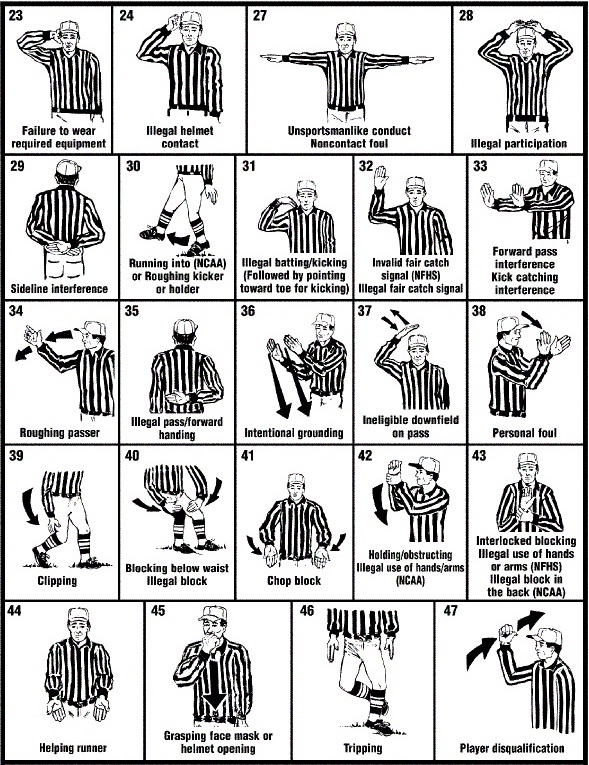

Points his flag in front of in a horizontal angle, to indicate that it is a center offside.The assistant referee moves along the side until he is level with the infraction.The signal for center offside is made if the violation at the middle of the field: Lowers his flag slightly so it points diagonally upwards, to indicate a far offside.Raises his flag directly upwards to signal that an offside violation has been made.The assistant referee moves along the sideline until he is level with the offense.The signal for far offside is made if the violation happened far from the sideline where the assistant referee is standing: The next step will depend whether the offside is far, at the center field, or near the assistant referee.īelow are the three different flag signals for an offside violation in football: Then he raises his flag directly up in the air. When signaling for an offside, the first step that a linesman does is to go to level with the spot of the infraction. Lowers it to his front before pointing towards the goal.The assistant referee runs to the side of the corner flag.Then takes one step to the side before pointing to the corner flag.Raises his flag straight upwards upon reaching the corner flag.The assistant referee moves to the corner flag where the kick must be made.Points to the right if the side making the throw-in is the attacking team.Points to the left if the side making the throw-in is the defending team.The assistant referee raises his flag to the side.Below are the basic flag signals that assistant referees use in football games: The linesmen communicate to the head official with the use of flag signals.

Each assistant official patrols only half of the playing field and stays on the touchline along the left-hand side of each goal. There are two assistant football referees who help the head referee in officiating matches.


 0 kommentar(er)
0 kommentar(er)
